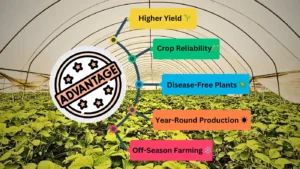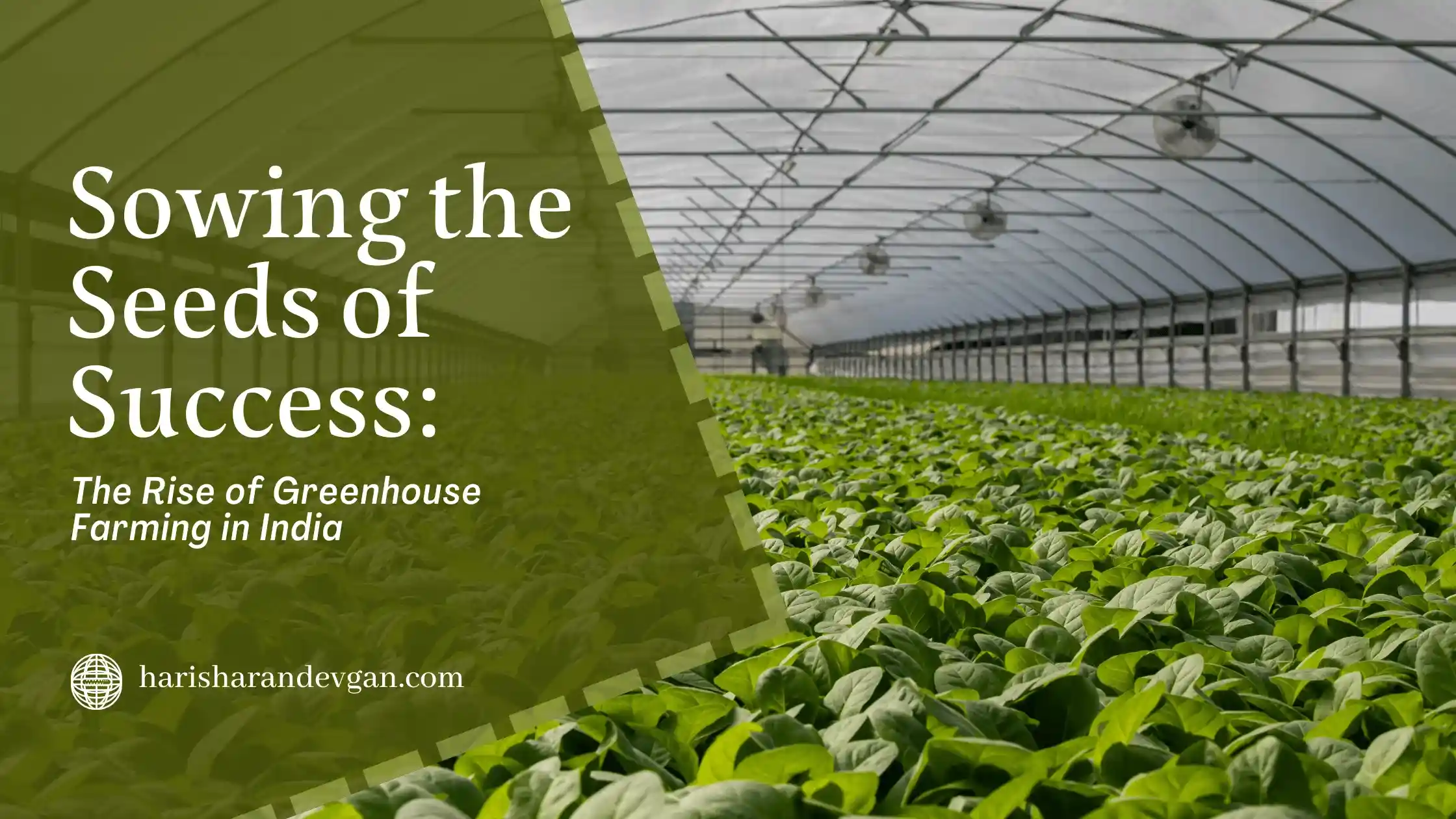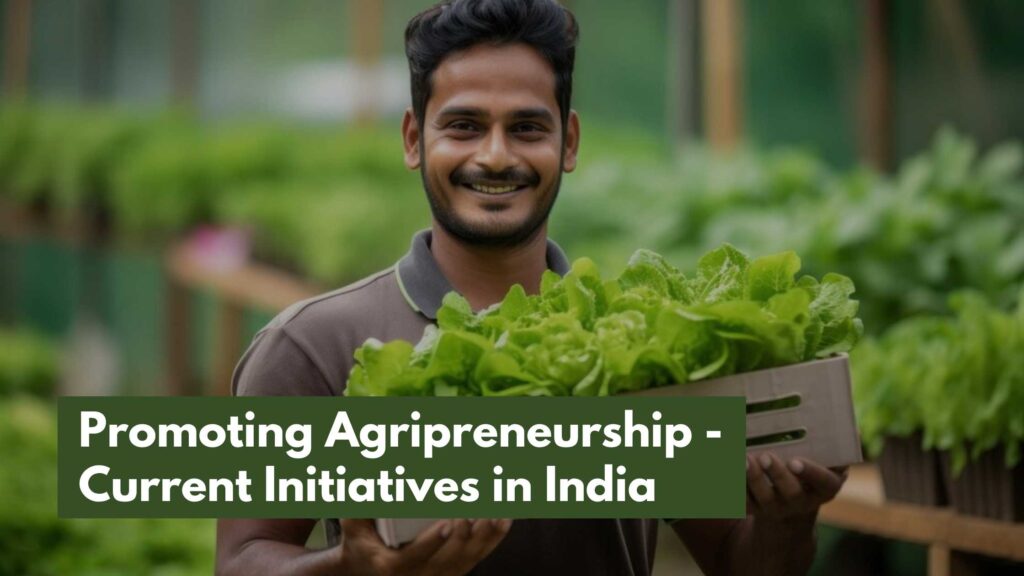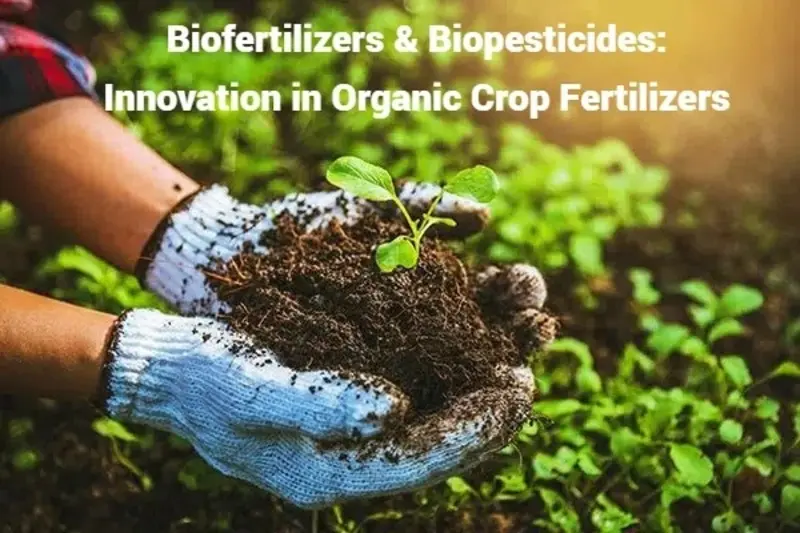Given India’s ever-changing climate and agrarian prospects, the country has been a frontrunner in farming innovation. Yet, in sharp contrast to more progressive methods, there are a lot of obstacles such as severe climatic conditions, unavailability of water, and poor quality of soil which consistently obstruct farming activities. As a solution to the issues, new agricultural methods such as Greenhouse Farming in India have emerged as feasible options.
In India, the adoption of protected farming has been aided by the ability of these structures to create a stable environment where crops can grow with consistent quality year-round. As a result, farmers across the nation, including progressive organic cultivators like Harisharan Devgan, are increasingly embracing this approach to improve profitability and sustain agricultural activities. When combined with modern technology and supportive government policies, this method marks a significant advancement in the country’s farming sector.
Advantages of Greenhouse Farming in India

Some key advantages of greenhouse farming in India that encourage its adoption include:
- Ability to Grow Crops During All Seasons: Unlike more conventional farming techniques where crops are affected by seasons, farmers practicing greenhouse farming can grow crops anytime of the year.
- Enhanced Crop Yields: Maintaining the environment of the crops boosts their growth which enhances the quantity and quality of the harvest.
- Decreased Water Use: Drip irrigation preserves water while enhancing greenhouse farming as it saves a lot of water.
- Less Exposure to Pests and Diseases: Greenhouses have inbuilt protection that reduces problems from both pest and plant diseases.
- Climate Control in Greenhouses: Humidity, temperature, and light levels are constantly looking out for changes so that perfect conditions for the plants to grow are created.
- Increased Profitability: Because they are produced throughout the year, greenhouse crops are of higher quality and sold at a higher price, increasing profits.
- Better Use of Land: Greenhouses are highly productive in metropolitan and peri-urban areas where agricultural land is scarce.
- Reduced Dependence on Chemical Fertilizers and Pesticides: Because of reduced issues with pests and disease, harmful chemicals are no longer needed, therefore making it a more environmentally friendly approach.
Types of Greenhouse Structures in India
Greenhouse technology in India can further be divided into subclasses based on their construction features and how they control the environment. These are some of the more popular subdivisions.
Ridge and Furrow Type Greenhouse:
- This type consists of separate Protected farming arranged in terraces to facilitate crop production throughout the entire year.
- Ridge and Furrow type enables efficient harvesting of solar energy, and the proper water drainage is improved.
- Due to its usefulness, it is among the most common kinds of greenhouses in India.
Sawtooth Greenhouse:
- It consists of several units of greenhouses each having a pitched roof with gables placed at angles for better natural ventilation.
- This design is especially appropriate for tropical and semi-arid zones which require adequate ventilation.
Even Span Greenhouse:
- This type has both sides of the roof sloped equally and is popular for growing vegetables and ornamental flowers.
- This guarantees uniform distribution of light and temperature in the building.
Quonset Greenhouse:
- Designed for the modest or medium scale farmer, this structure is offered as a simple inexpensive rounded form.
- It works best in areas where climatic conditions are moderate.
Gutter Connected Greenhouse:
- The modification of the greenhouse by adding a gutter increases the space available in the growing area.
- These are typical for large scale commercial farming undertakings.
Types of Polyhouse Farming in India
In India, where the price of basic materials is cheaper, polyhouse farming, as a type of greenhouse farming, is practiced extensively. The different types of polyhouse structures include:
Naturally Ventilated Polyhouse:
- For cooling the structure, natural wind currents are sufficient.
- Low cost and appropriate for smallholder farmers.
Climate-Controlled Polyhouse:
- In this polyhouse, heating, cooling, and humidity movements are integrated and controlled by a computerized central control system.
- Exotic high-value crops such as vegetables and flowers are best suited for this style.
Shade Net Polyhouse:
- Shading the plant from sunlight provides partial shelter, which helps expose the plants to the necessary environment while protecting them from overheating and extreme temperatures.
- Best for growing sensitive plants such as orchids and ferns.
Profitable Crops for Indian Greenhouse Farming
Growing crops in a controlled setting enhances quality, boosts yield, and ensures better profitability. Certain plants thrive exceptionally well under these conditions, offering farmers higher returns and market stability. The most popular ones include:
- Vegetable crops: Tomato, cucumber, bell pepper, lettuce, and spinach are widely grown due to their high demand and productivity.
- Fruits: Strawberries, melons, and grapes perform exceptionally well in protected environments, ensuring premium-quality harvests.
- Flower: Roses, orchids, gerberas, carnations, and chrysanthemums cater to the expanding floriculture industry, making them highly profitable.
- Herbs And Medicinal Plants: Basil, mint, coriander, Tulsi, and aloe vera benefit from controlled conditions, meeting the rising demand for herbal products.
Adopting modern cultivation methods improves efficiency, enhances output, and provides better returns compared to traditional open-field farming. With a growing focus on sustainable agricultural techniques, protected farming is shaping the future of Indian agriculture.
Best Greenhouse Farming in India: Future Prospects
India’s farming sector is evolving with technological advancements and the need for higher efficiency. Climate-controlled cultivation is gaining traction, enabling better crop growth and resource management. Visionaries like Harisharan Devgan have played a key role in promoting innovative agricultural techniques, demonstrating their impact on sustainability and productivity.
The government is also encouraging modern farming methods through financial aid and awareness programs, making these techniques more accessible. As more farmers embrace climate-controlled cultivation, the country is set to experience improved food security, better earnings for cultivators, and a more resilient agricultural industry.
Conclusion
The adoption of sustainable agricultural practices, such as greenhouse farming, is transforming India’s farming landscape. Pioneers like Harisharan Devgan are demonstrating how greenhouse technology can enhance productivity and ensure year-round cultivation. As more farmers embrace greenhouse farming in India, the agricultural sector will witness improved efficiency, food security, and long-term growth.
Also, Read: A Guide to the Best Organic Farms in India: Fresh Food, Heritage, and Sustainability



